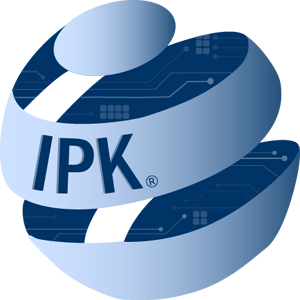
IPK® Technologies
Innovating the Future
Empowering Technology for a Smarter Tomorrow
Our Mission
At IPK® Technologies, we strive to revolutionize industries through cutting-edge technology solutions that drive efficiency, innovation, and sustainability.
Contact Us
Email: info@ipktech.com
Address:
1104 Camino Del Mar, Suite 101
Del Mar, California 92014